The Quokka: A Comprehensive Overview
The quokka (/ˈkwɒkə/) (Setonix brachyurus), often hailed as “the happiest animal in the world,” is a small macropod, belonging to the same family as kangaroos and wallabies (Macropididae). Roughly the size of a domestic cat, this endearing creature is the sole representative of the genus Setonix.
Distinguished by its compact body, short, rounded ears, and a perpetually “smiling” face, the quokka captivates with its charming appearance. Its dense, coarse fur ranges in color from greyish-brown to reddish-brown, providing effective camouflage within its habitat. Notable for its relatively short, thick tail (25-30 cm), unlike its longer-tailed relatives, the quokka navigates dense vegetation with agility.
Primarily herbivorous, the quokka’s diet consists of grasses, leaves, and various plant matter found within its limited geographical range. Its nocturnal nature dictates its activity patterns, emerging at dusk to forage and socialize.
Physical Characteristics and Taxonomy
The quokka (Setonix brachyurus) is a captivating creature with a unique blend of physical characteristics that distinguish it within the macropod family. Belonging to the genus Setonix, meaning “claw nail,” the quokka is its sole representative. This taxonomic distinction underscores its evolutionary uniqueness and sets it apart from its kangaroo and wallaby relatives.
About the size of a domestic cat, the quokka possesses a stout, compact body, typically measuring between 40 to 54 cm in length, excluding the tail. Its weight varies between 2.5 to 5 kg, with females generally being slightly smaller than males. Covered in a dense, coarse coat of fur, ranging in color from a greyish-brown to a reddish-brown, the quokka’s pelage offers excellent camouflage amidst the dense vegetation of its habitat.
One of the quokka’s most endearing features is its short, rounded ears, perched atop its head. These ears, along with its small, dark eyes and a distinctively rounded, black nose, contribute to the creature’s charming and approachable appearance. Adding to its allure is the iconic “quokka smile” – a consequence of its mouth’s natural upward curvature, which creates the illusion of a perpetual grin.
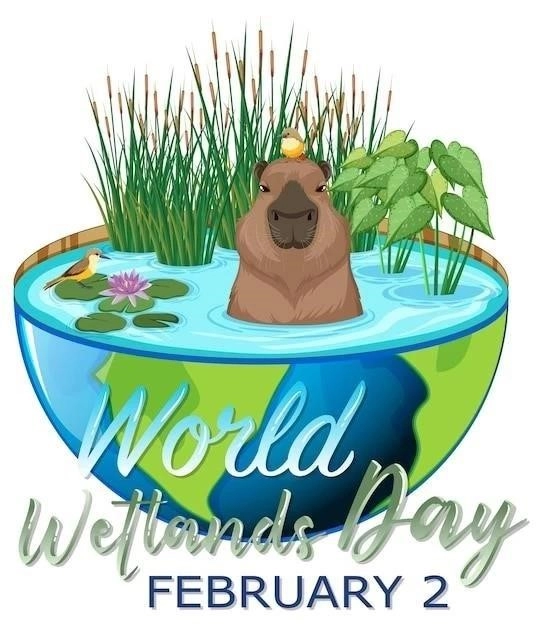
Unlike its long-tailed relatives, the quokka possesses a relatively short, thick tail, measuring between 25 to 30 cm in length. This tail, while not prehensile like some marsupials, plays a crucial role in balance and maneuverability as the quokka navigates the dense undergrowth of its environment.
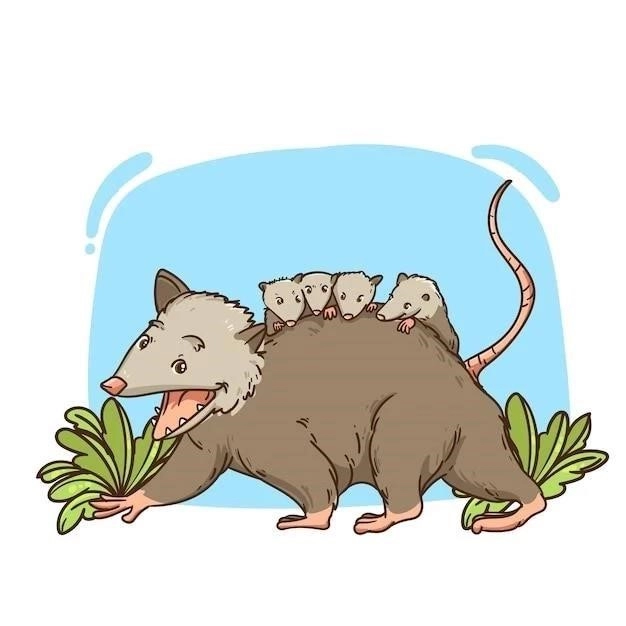
Further distinguishing the quokka are its powerful hind limbs, significantly larger and more muscular than its forelimbs. This adaptation reflects its primary mode of locomotion – hopping. The quokka’s feet are equipped with sharp claws, aiding in both traction while hopping and climbing, a behavior less common in its kangaroo cousins.
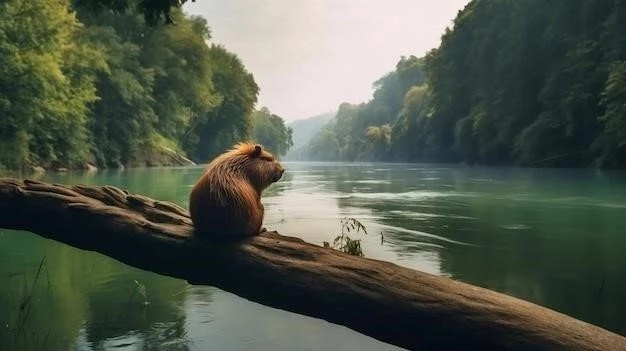
The quokka’s unique combination of physical traits – its compact size, short tail, strong hind limbs, and endearing facial features – contribute to its remarkable adaptability within its specialized niche. These characteristics, coupled with its gentle disposition, have also captured the hearts of people worldwide, solidifying its reputation as a charismatic ambassador for Australian wildlife.
Geographic Distribution and Habitat
The quokka (Setonix brachyurus), endemic to a restricted region of southwestern Australia, exemplifies a classic example of island biogeography and the impacts of habitat fragmentation. Once widespread across a considerably larger range, encompassing an estimated 41,200 km2 of southwestern Western Australia, the quokka’s distribution has contracted significantly since European colonization.
Today, this endearing marsupial persists in fragmented mainland populations and thrives on several offshore islands, where it finds refuge from introduced predators. The quokka’s current mainland range is confined to a narrow strip along the coast, extending from Perth southward to the vicinity of Albany. Within this restricted area, quokkas favor specific habitat types that offer the resources essential for their survival and reproduction.
Quokkas demonstrate a strong preference for dense vegetation cover, particularly in areas with a mosaic of shrubs, grasses, and sedges. These habitats provide crucial shelter from predators, as well as access to food sources. The availability of fresh water is another critical factor influencing quokka distribution. They are frequently found in close proximity to swamps, creeks, and other water sources, especially during the drier months.
The two islands most synonymous with quokkas are Rottnest Island and Bald Island, both located off the coast of Western Australia. Rottnest Island, in particular, has gained international recognition as a stronghold for the species, supporting a relatively large and stable population. The island’s isolation and lack of major predators have created a haven for quokkas, allowing them to thrive in the absence of significant threats.
Bald Island, situated near Albany, represents another important refuge for quokkas. Although smaller than Rottnest Island, it harbors a significant population and plays a crucial role in the species’ conservation. The continued persistence of quokkas on these offshore islands underscores the importance of these isolated ecosystems in preserving vulnerable wildlife.
The quokka’s limited and fragmented distribution highlights its vulnerability to habitat loss, predation by introduced species, and the impacts of climate change. Conservation efforts aimed at protecting remaining populations, restoring degraded habitats, and mitigating threats are crucial to ensuring the long-term survival of this iconic Australian marsupial.
Diet and Feeding Habits
The quokka (Setonix brachyurus) exhibits a specialized herbivorous diet, adapted to the unique flora and seasonal variations of its southwestern Australian habitat. As a selective feeder, the quokka displays a preference for specific plant species and utilizes a variety of foraging strategies to meet its nutritional needs.
Grasses constitute a significant portion of the quokka’s diet, particularly during the cooler months when they are abundant and readily accessible. These grasses provide essential carbohydrates and fiber, contributing to the quokka’s energy requirements. Additionally, quokkas consume a variety of forbs, which are herbaceous flowering plants, offering a valuable source of vitamins and minerals.
Leaves from shrubs and trees also feature prominently in the quokka’s diet, providing essential nutrients, particularly during periods of drought when grasses may be scarce. The quokka demonstrates a preference for specific plant species, often selecting young, tender leaves, which are easier to digest and offer a higher nutritional value.
The quokka’s feeding behavior is primarily nocturnal, coinciding with cooler temperatures and reduced predation risk. As a ground-dwelling forager, it utilizes its keen sense of smell to locate food sources and its sharp incisors to efficiently clip vegetation. The quokka’s digestive system, similar to other macropods, is adapted to extract maximum nutrients from its fibrous diet.
Seasonal variations in food availability play a significant role in shaping the quokka’s foraging patterns and overall ecology. During the wet winter months, when food resources are plentiful, quokkas tend to be more selective in their feeding, choosing the most nutritious plant parts. Conversely, during the drier summer months, when food is scarce, they adopt a more generalist approach, consuming a wider variety of plant material.
The quokka’s specialized diet and feeding habits highlight its ecological role within its ecosystem. As a herbivore, it contributes to seed dispersal and vegetation dynamics, influencing the composition and structure of plant communities within its limited geographical range.
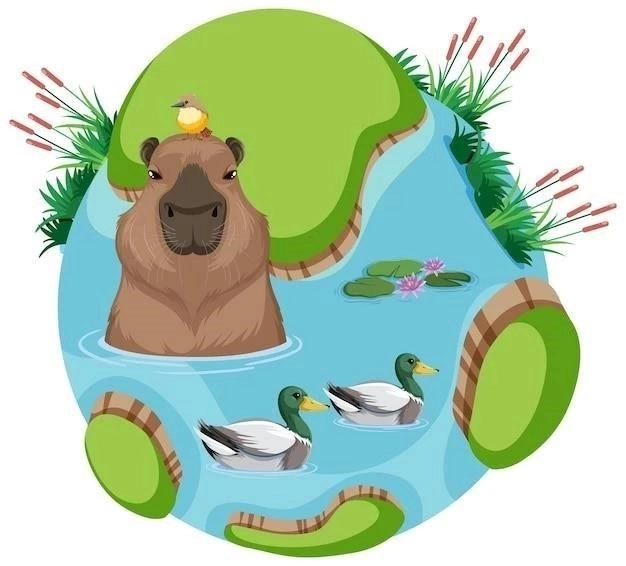
Social Behavior and Reproduction
The quokka (Setonix brachyurus), while often perceived as solitary and docile, exhibits complex social behaviors and reproductive strategies adapted to its ecological niche. Understanding these dynamics is crucial for effective conservation management and ensuring the long-term viability of this iconic Australian marsupial.
Quokkas are primarily nocturnal, emerging from their daytime resting areas as dusk approaches to forage and engage in social interactions. While they may appear solitary during their active hours, quokkas maintain loose social groups within defined home ranges. These ranges, often overlapping, facilitate communication and resource sharing among individuals.
Social interactions among quokkas involve a range of vocalizations, scent marking, and visual displays. A characteristic “chortle” serves as a greeting call, while a high-pitched shriek signals alarm or distress. Scent marking, achieved through urination and defecation, plays a crucial role in establishing territorial boundaries and conveying information about an individual’s reproductive status.
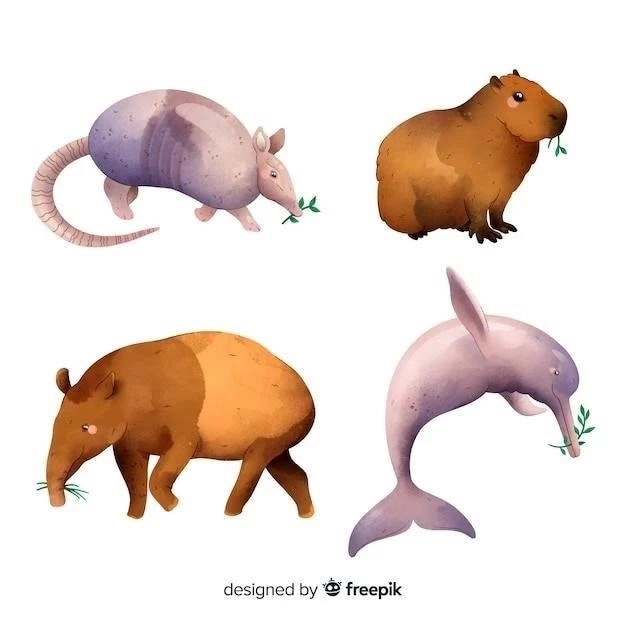
Breeding in quokkas occurs throughout the year, with peaks typically observed during the wetter months when food resources are more abundant. Following a gestation period of approximately 27 days, female quokkas give birth to a single, altricial young, known as a joey. The joey, weighing less than a gram at birth, crawls into its mother’s pouch, attaching to a teat for nourishment and continued development.
The joey remains within the pouch for approximately six months, gradually developing and gaining strength. Once it outgrows the pouch, the joey continues to suckle for several more months, relying on its mother for both nourishment and protection. This extended period of maternal care is crucial for the joey’s survival and future reproductive success.
The quokka’s reproductive strategy, characterized by a low reproductive rate and high maternal investment, underscores the importance of protecting females and their young. Conservation efforts focused on habitat preservation, predator control, and mitigating threats to this vulnerable species are essential to ensure the continuity of their fascinating social structure and reproductive success for generations to come.
Conservation Status and Threats
The quokka (Setonix brachyurus), once widespread across southwestern Australia, now faces a precarious future, classified as “Vulnerable” by the International Union for Conservation of Nature (IUCN). This designation underscores the significant challenges facing this endearing marsupial, driven by a complex interplay of anthropogenic and environmental threats.
Habitat loss and fragmentation represent the most pressing threats to quokka populations on the Australian mainland. The clearing of native vegetation for agriculture, urban development, and infrastructure projects has dramatically reduced and fragmented suitable habitat, isolating populations and hindering genetic exchange.
Introduced predators, particularly the European red fox (Vulpes vulpes) and feral cats (Felis catus), pose a significant threat to quokka populations, especially on the mainland. These predators, lacking natural control mechanisms, have had devastating impacts on native fauna, including the quokka, which evolved in the absence of such predation pressures.
Climate change presents an emerging threat to quokkas, exacerbating existing pressures and creating new challenges. Increased frequency and intensity of droughts, heatwaves, and wildfires, associated with a changing climate, can impact food availability, water sources, and overall habitat suitability.
Despite these challenges, concerted conservation efforts offer hope for the quokka’s future. The establishment of protected areas, such as national parks and nature reserves, provides vital refuges for the species and helps mitigate habitat loss and fragmentation.
Predator control programs, implemented in strategic locations, aim to reduce predation pressure on vulnerable quokka populations. These programs often involve a combination of lethal control methods, such as trapping and baiting, as well as non-lethal approaches, like fencing and habitat modification.
Community engagement and education initiatives play a crucial role in raising awareness about the quokka’s plight and promoting responsible interactions with this iconic species. Educating the public about the importance of habitat conservation, responsible pet ownership, and reporting sightings of feral predators contributes to long-term conservation success.

The “World’s Happiest Animal”
The quokka (Setonix brachyurus), with its endearing appearance and seemingly perpetual “smile,” has captured hearts worldwide, earning the endearing moniker of “the world’s happiest animal.” This charismatic marsupial’s cheerful countenance has propelled it to internet fame, becoming a beloved subject of social media and a sought-after encounter for wildlife enthusiasts. However, beneath this endearing facade lies a complex interplay of biological adaptations and ecological pressures that shape the quokka’s behavior and ultimately impact its conservation status.
The quokka’s “smile” is not an expression of emotion in the human sense but rather a consequence of its unique facial anatomy. The upward curvature of its mouth, coupled with its short, rounded ears and dark, inquisitive eyes, creates the illusion of a perpetual grin, endearing it to human observers.
This seemingly cheerful demeanor, while biologically driven, has had profound cultural and conservation implications for the quokka. Its photogenic nature has transformed it into an ambassador for Australian wildlife, raising awareness and generating interest in its conservation. Images of quokkas “smiling” alongside tourists have gone viral on social media, attracting visitors to its restricted range and boosting ecotourism in the region.

However, this newfound fame also presents challenges. The quokka’s approachable nature, coupled with its limited fear of humans, makes it vulnerable to disturbance and habituation. Close interactions with humans, while seemingly harmless, can alter their natural behaviors, increasing their susceptibility to predation and disease transmission.
The challenge lies in harnessing the quokka’s charisma to promote responsible tourism and conservation awareness. Educating visitors about appropriate behavior around wildlife, maintaining a safe distance, and refraining from feeding or touching quokkas are crucial steps in mitigating potential negative impacts.
While the title of “world’s happiest animal” may be a human construct, it underscores the power of the quokka’s endearing appearance in capturing our imagination and inspiring conservation action. By understanding the ecological realities behind this charismatic creature’s “smile,” we can better appreciate its vulnerability and work towards ensuring its long-term survival in the wild.










